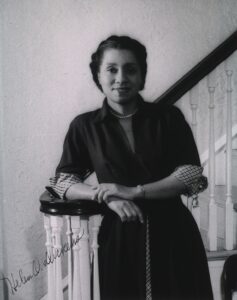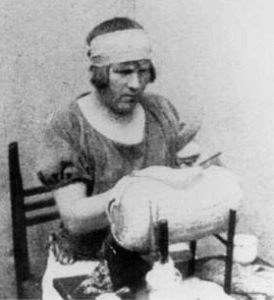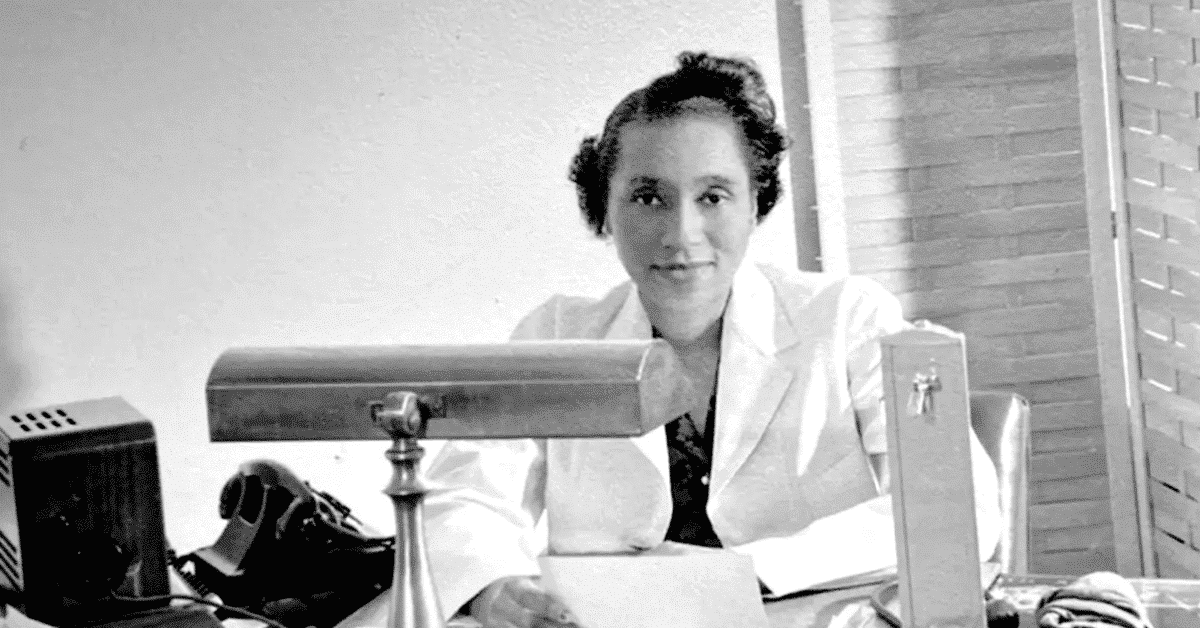Um breve histórico médico feminino
Why is a female’s surgical history so important to bring up? For centuries, women were denied medical knowledge and technological progress since it was considered a male-dominated field of study.
When plastic surgery took its first steps towards reconstruction practices in the Middle Ages, women were banned from participating in such trials. In 1540, the statute for the “Compagnia dei Barbieri Chirurghi”, the first surgeons’ association, excluded women from any type of practice. In the 14th century, King Henry VIII said, “No carpenter, blacksmith, weaver or women, they will practice surgery.”
However, history has not always been so harsh; the ancient world had welcomed women to participate in scientific knowledge. According to discoveries, female medical students were present in Heliopolis, Egypt, 1500 BC. Aesculapius, son of Apollo, had four daughters who were physicians in Ancient Greece. The Tetrabiblion, written by Atius (150 CE), details the surgical procedures of Aspasia, a Greco-Roman female surgeon. Until the 11th century, this was considered the main surgical text.
And what about the 19th century? Women never made up more than 6% of any medical school class in the United States or Canada before 1970. In those years, the feminist movement, an increase in the number of women graduating from college, and numerous vacancies encouraged women to apply to medical school.
In 1970, women made up around 5% of all physicians in the United States; by 2001, that percentage had risen to 24%. The American Association of Medical Colleges (AAMC) estimated that medical school enrollment is about equal between men and women.
Dr. J.M. Barry, o “rapaz sem barba”

Dr J.M. Barry
The history of the female surgeons opens with the fascinating story of Dr James Berry (1795–1865), also known by the name of “beardless lad”.
Dr Barry attended the esteemed Edinburgh Medical School and graduated at the age of 17 in 1812. During the Napoleonic wars, he served in the army as a physician, and in 1820, at the request of a wealthy client whose wife appeared to be in labour, he conducted one of the first successful Caesarean sections.
Although Dr Barry lived his entire adult private and professional life as a man, he was born Margaret Ann and was known as a female throughout his infancy. The choice to change his gender would partly be to gain acceptance as a university student and pursue a career as a surgeon; only after a post-mortem examination was Barry’s biological sex revealed to the public and military colleagues.
A friend commented that “She chose to be a military doctor upon her death. Not to fight for the right of a woman to become one, but simply to be one”.
Alma Dea Morani – Da escultura à cirurgia plástica

Dra. Alma Dea Morani
Her father wanted her to be a successful sculptor, but she chose to dedicate her life to medicine and become the world’s first female plastic surgeon.
Alma Dea Morani was born in New York City in 1907 to Amalia Gracci Morani and artist Salvatore Natali Morani, from whom she inherited a strong aesthetic sense.
Morani earned her M.D. from the Woman’s Medical College of Pennsylvania in 1931. In 1946, she started her training in St. Louis under renowned plastic surgeon “Colonel” J. Barrett Brown, M.D. It took her six years to find a course that would accept women, but her fellowship only permitted her to observe, not operate.
She made the best of these restrictions and used her skills as an artist to observe and make sketches and pictures before and after surgical procedures. Colonel Brown eventually noticed her intense work, and he finally allowed her to assist him in surgery “on Saturdays when everybody else went to play golf,” letting her complete a true clinical fellowship.
Dr Morani returned to Woman’s Medical College of Pennsylvania, where she was appointed clinical professor of general surgery and plastic surgery until 1975.
Helen Octavia Dickens – a primeira mulher negra admitida no American College of Surgeons (Colégio Americano de Cirurgiões)

Dra. Helen Octavia Dickens
In 1950, Dr Helen Dickens was the first African American woman admitted to the American College of Surgeons. She often recalled her medical school class, when she opted to sit in the front row to avoid being bothered by her classmates’ racist comments and gestures because she was the daughter of a slave.
Dr Dickens was always motivated and inspired by the achievements of other African American women who had gone before her. Helen Dickens, the only African-American woman in her class, received her M.D. from the same college in 1934 and became associate dean of the University of Pennsylvania’s Office for Minority Affairs in 1969. Within five years, she had boosted minority enrollment from 3 to 64 students.
Dr Dickens educated young women to empower themselves. She used her research to advise schools, parents, and health professionals on intervention strategies to lower the incidence of teen pregnancy and sexually transmitted diseases. She received numerous honours for her work on sexual health for young and adult women.
Dora Richter – A primeira mulher trans a se submeter à cirurgia de confirmação de gênero

Dora Richter
A história da medicina é traçada não apenas por médicos e cirurgiões, mas também por pacientes corajosos que optam por estar entre os primeiros a se submeter a um procedimento. Hoje, decidimos contar a você sobre Dora Richter, a primeira mulher transgênero do mundo a se submeter à cirurgia de confirmação de gênero. Dora nasceu em 1891 na Alemanha, em uma família pobre de agricultores. Apesar de seu nome de nascimento ser Rudolph, seus pais permitiram que ela vivesse livre de sua identificação de gênero durante toda a infância.
Ela viveu sua vida adulta em Berlim, onde ocasionalmente era presa pelo “crime” de travestir-se e condenada a uma prisão masculina. Por fim, Dora foi confiada aos cuidados de Magnus Hirschfeld, um médico alemão e um dos primeiros ativistas dos direitos sexuais. Ele dirigia o Institute of Sexual Research, onde Dora trabalhou como empregada doméstica por mais de dez anos.
Em 1922, ela fez uma orquiectomia e uma vaginoplastia. Até onde sabemos, isso fez dela a primeira pessoa a se submeter à cirurgia de confirmação de gênero. Sua morte provavelmente se deveu a um ataque nazista no instituto em 1933.
Ada Lovelace – A mãe da ciência da computação moderna

Ada Lovelace
Como uma empresa da DeepTech, não podemos nos esquecer de Ada Lovelace, a mulher que contribuiu para o desenvolvimento da ciência da computação moderna. Hoje, ela é oficialmente reconhecida como a primeira programadora de computadores da história. Ada Lovelace era a única filha do poeta Lord Byron e de Anne Isabella Milbanke, uma matemática.
Suas habilidades matemáticas levaram a uma longa conexão de trabalho e amizade com Charles Babbage, considerado“o pai dos computadores“. O trabalho de Babbage no Analytical Engine despertou sua curiosidade em particular. As anotações de Lovelace são importantes no início da história dos computadores porque contêm o que é amplamente considerado como o primeiro programa de computador, ou seja, um algoritmo projetado para ser executado por uma máquina. Ada descreveu sua abordagem como“ciência poética” e a si mesma como uma“analista (e metafísica)“. Essa mentalidade a levou a indagar sobre o Analytical Engine e como os indivíduos e a sociedade interagem com a tecnologia como uma ferramenta de colaboração.
Bibliografia
Wirtzfeld, Debrah A. “The History of Women in Surgery” (A história das mulheres na cirurgia). Canadian Journal of Surgery. Journal Canadien De Chirurgie (Jornal Canadense de Cirurgia)Associação Médica Canadense, agosto de 2009.
“Dr. James Barry: A Woman Ahead of Her Time Review – uma história requintada de subterfúgio escandaloso”. The Guardian, Guardian News and Media, 10 de novembro de 2016.
“Mudando a face da medicina | Alma Dea Morani“. Biblioteca Nacional de Medicina dos EUA, Institutos Nacionais de Saúde, 3 de junho de 2015.







